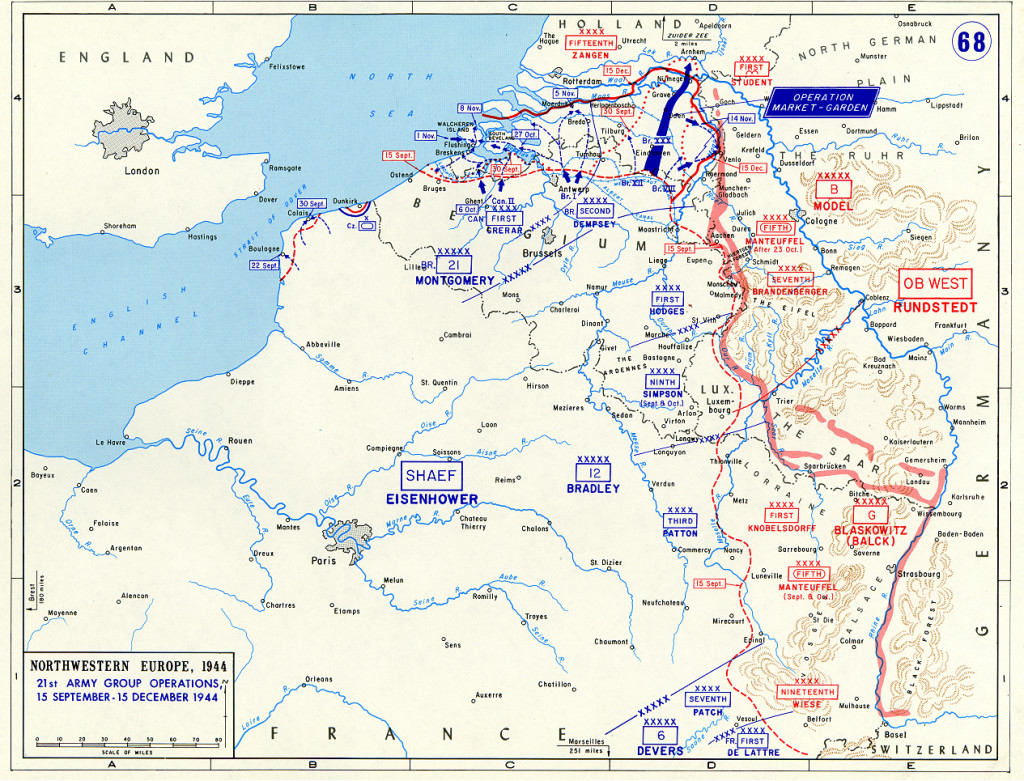An Analytics Goal Too Far: Understanding Measurement Strategy
What’s the point of a Measurement Strategy?
No, it’s not just something to waste your time. How can you do something complex well, without a little forethought?
The point of a Measurement Strategy is to design and implement tracking on your website or app that can gather meaningful data, from which you can pull insights. The point is to create data that succeeds in helping you build a better business. To sell more shoes. To get more email newsletter subscriptions. To help save more manatees.
We’re going to break down the Measurement Strategy into Four Key Areas:
- Establishing The Grand Strategy
- Understanding Objectives
- Planning Operations
- Determining Tactics
Once we’re done, you’ll have either a great new plan to help you implement better tracking on your website, or you’ll be prepared to invade Holland. Don’t worry. At least one should be easy for you to accomplish.
Establishing The Grand Strategy

Militarily when someone talks about a Grand Strategy they’re talking about establishing the “theater of war”, the distribution of resources, and so on. Similarly we need one when implementing digital analytics, except we call it things like Scope and Analytics Platform.
It might seem obvious, but it’s dangerous to ignore. One of the first things you need to do is establish the scope in order to understand even potential technical hurdles.
What websites or apps are you including?
What Google Analytics properties are you looking at?
Depending on your scope, everything might change. If you’re looking at multiple domains, you need to bring cross-domain tracking into consideration. If you’re not looking at the paid ad landing pages because they submit somewhere else entirely, then you shouldn’t include them.
Additionally, you need to understand what tools and resources you’ll have available.
Are you only using Google Analytics, or will you be using Google Tag Manager as well?
Do we need to integrate something with Hubspot or Salesforce?
Are we looking at offline tracking using the Measurement Protocol?
Your Grand Strategy will establish what your scope is, and what tools and resources you’ll be employing to accomplish it.
Understanding Objectives

The next step of any good Measurement Strategy is to understand what your Objective is. In this case it’s about whatever your scope involves, and not the data itself. Data is your weapon, not your objective.
Are you trying to get people to sign up for your newsletter?
Do you want people to buy more shoes from your website?
Do you need people to fill out the contact form regarding how YOU can save the manatees?
Whatever you want your visitors to ultimately do, those are your primary objectives.
But there are more than primary objectives. You can have secondary objectives, things that lead to your primary objectives. Maybe a secondary objective is to add a product to the shopping cart, download a shoe sizing guide, or to watch an embedded video about manatee habitats. Other things that a user can do which lead to a primary objective should be recognized as secondary objectives.
Understanding your Objectives allow you to have a Goal you are striving for, the purpose of your strategy.
Attrition

Quick sidenote – generally you know you’re in trouble at this stage if you don’t really HAVE an identifiable objective.
Often this gets (mis)interpreted as something wishy-washy like “Engagement” which actually MEANS something when we’re talking about a content consumption web site, but if you have a corporate site, where the user can’t really do anything, and there isn’t really any content to consume.
Basically if you don’t know what you’re trying to get people to do online, if you can’t define it in easy sentences like “buy more stuff” or “read more articles” or “request our informational package” or even do something offline like “call our 800 number” then you have bigger problems than your data. You’re in a battle of attrition against time to do something meaningful and measurable.
Hunker down and consider why you have a website in the first place and try to steer it towards a strong Objective.
Planning Operations

Once you know what your Grand Strategy and Objectives are, you need to figure out what Operations are going to actually support them. This is where we take our Objectives and plan what Tactics we will need to employ to succeed.
It can involve understanding User Actions, and thinking about the important things your users do.
Is there a banner to click on the home page to get to the form?
Do you have a dynamic virtual 24 page shopping cart with 86 different forms?
Do you have a separate domain with 3000 different landing pages that all direct to different informational forms depending on which endangered animal you care about?
In addition, you need to think about your users themselves, and how they define themselves, their sessions and their hits.
What additional information do you want to know about them?
Their current checkout cart status?
Whether they’ve purchased before?
Their lifetime value?
Their member status?
Whether they’re logged on?
What the weather is like where they live?
As well as defining the pages and content itself.
What type of page category is it?
What additional information (brand, size, etc) is there about the product besides it’s name?
Can you group the site into different content buckets?
Are there content experiments showing different versions of the site?
Your Operational Plan should give you an understanding of what your users are going to do to achieve your objectives, as well as characteristics of your users, and your site or app.
Determining Tactics

Often this leaves what we at LunaMetrics consider part of our traditional Measurement Strategy, which consists mainly of the Grand Strategy, Objectives, and Operational Planning.
Tactics tend to be part of what we term an Implementation Plan. This is where we lay out how we’re specifically going to track the site. Once you determine the user actions you care about, you need to translate those to tracking methods. Now you’re getting down to the nitty gritty of how you’d like to track these things. It can lead to questions like:
Where should you use Google Analytics Events?
Where should you use Virtual Pageviews so you can maintain a user funnel?
Where should you set Custom Dimensions, or store a cookie to remember later?
This is the stage where you determine tactically (and technically) how you will complete the Operations you have planned, in order to track the completion of your Objectives, as relates to your Grand Strategy. It doesn’t necessarily have to be explicit instructions about how to do everything, just a general understanding. Like:
Use an event to show which embedded YouTube videos users are watching\.
or
Use the Tanks to secure Eindhoven.
It’s a tactic, not a technical manual on how to drive a tank.
What Next?
At this point you should know what websites or apps you are going to track, and what tools you will use to track them. You should understand what is important on your site, and how you will gauge its success. In addition you should understand how your users and websites could be segmented, and what actions users can take on those pages.
Finally, you should have a grasp on how you will specifically go about doing all these things.
What’s next?

Implement it.


